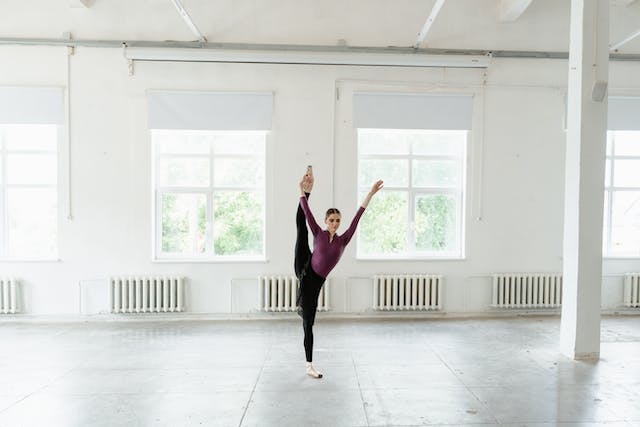Unveiling the Fluid Artistry: The Transformative Power of Contemporary Dance

In the boundless realm of artistic expression, contemporary dance emerges as a mesmerizing tapestry of movement that transcends the confines of tradition, inviting dancers and audiences alike into a world of boundless creativity and emotional depth. Rooted in a fusion of styles, contemporary dance stands as a testament to the evolving nature of the art form, seamlessly blending elements of classical ballet, modern dance, and avant-garde influences. At its core, contemporary dance is a celebration of fluidity—both in movement and expression. Unlike its more structured predecessors, contemporary dance defies the rigidity of predetermined steps, inviting choreographers and performers to explore the vast landscapes of emotion, storytelling, and human connection through the language of the body. It is a dance form that not only embraces the contemporary moment but also reaches back into the depths of history and forward into the possibilities of the future.
Within the fluidity of contemporary dance discovery, the body becomes an instrument through which stories are told, emotions are unveiled, and connections are forged. This dance genre thrives on the absence of strict rules, allowing for an organic and authentic unfolding of movement. Dancers become storytellers, weaving narratives with their bodies, and spectators are drawn into a visceral experience that transcends the boundaries of language. The allure of contemporary dance lies not only in the technical prowess displayed by the dancers but also in the raw authenticity that permeates each movement. It is an art form that beckons the audience to connect not just with the physicality of the performance but with the profound emotions that pulse beneath the surface.

In the fusion of diverse influences, contemporary dance serves as a melting pot of creativity and innovation. Choreographers draw inspiration from an eclectic array of sources—be it classical ballet, modern dance pioneers, cultural traditions, or societal dynamics. This rich tapestry of influences results in an ever-expanding dance vocabulary, defying categorization and inviting exploration. Movements can be fluid and sinuous, punctuated by moments of abrupt intensity or meditative stillness. The interdisciplinary nature of contemporary dance encourages collaboration between choreographers, dancers, costume designers, lighting experts, and musicians, creating a multidimensional sensory experience for the audience. The stage becomes a canvas upon which an intricate dialogue unfolds between movement, visual elements, and sound, each contributing to the overall narrative in a harmonious symphony of artistic expression.

What sets contemporary dance apart is its dynamic nature, ever-evolving and adaptive to the shifting sands of cultural, societal, and artistic landscapes. This constant evolution allows contemporary dance to be a mirror reflecting the pulse of the contemporary world. It becomes a powerful tool for social commentary, providing a platform for choreographers and dancers to engage with pressing issues, challenge norms, and question societal expectations. The themes explored in contemporary dance performances range from personal introspection to global concerns, offering a lens through which the audience can witness and contemplate the complexities of the human experience. In this sense, contemporary dance becomes a vehicle for advocacy and a catalyst for dialogue, transcending entertainment to provoke thought and inspire change.
You Might Also Like
If you want to find your skiing paradise, let yourself feel the warmth of sun and sip of great food atmosphere in Chalet Sonnenhof in Perisher Resort.
You are welcome in Chalet Sonnenhof which lies at the very core of Perisher Resort,by heart ok- and passionate about...








